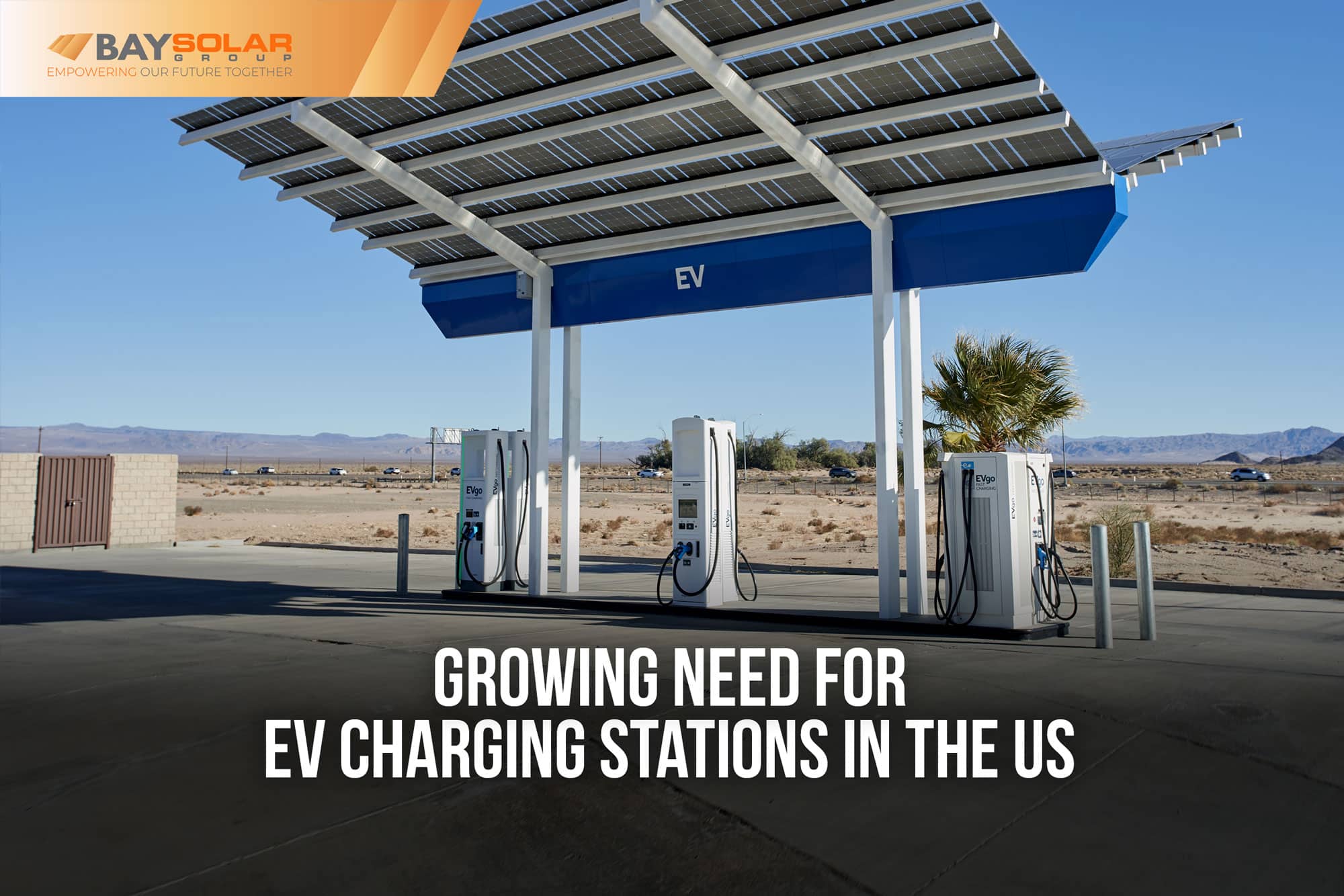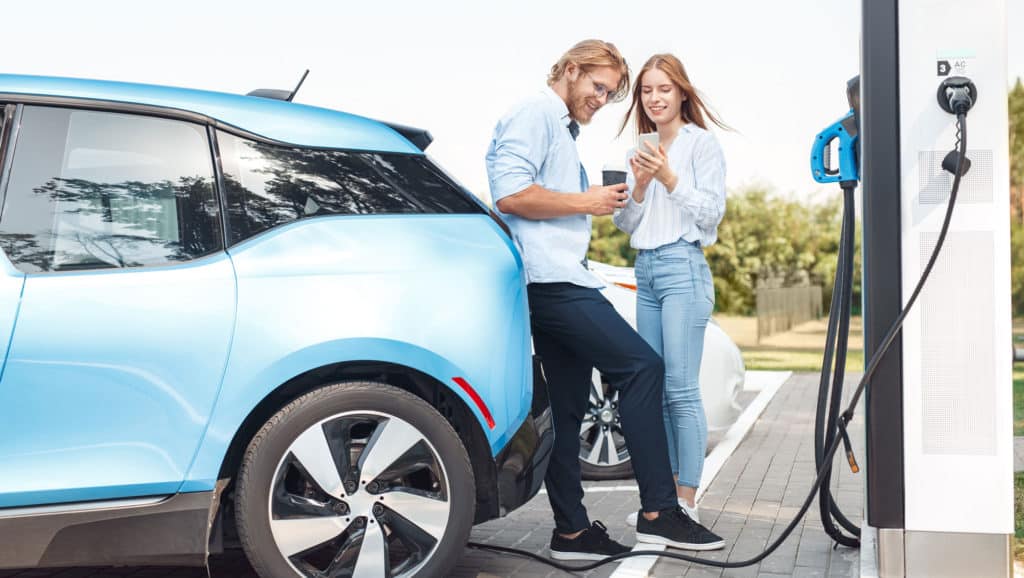Despite the decrease of the global automobile industry, the electric vehicles (EV) market continues to grow rapidly. Automobile consumers look for alternatives to fossil fuel vehicles. Besides, the Covid-19 pandemic impact on the EV market was slight. Moreover, post the pandemic, EV demand can increase as a result of people avoiding public transportation.
In addition, electric vehicle charging station’s market growth affects the emission-free vehicle demand and the governments’ support for charging infrastructure worldwide, especially in the US. The Government supports the EV charging station market through tax rebates programs and subsidies when installing EV charging stations.
Advantages Of Electric Vehicles Charging Stations
According to studies, many drivers fear that the car can run out of power which keeps that from investing in electric vehicles. So, by educating them on the advantages of EVs and the environmental benefits of EV charging stations, plus expanding the number of EV chargers, more people will be interested in switching to electric cars.
Electric vehicles are practical, more responsive, reduce gas emissions and will help you save money. Moreover, most EV charging stations have the option of controlling the charging from your smartphone app. You can plug in your EV and receive it charged later. Since you can find an electric grid everywhere, there are options of charging your EV at home, at work or on the road. So, no need to go to the gas station any longer.
However, the main advantage of switching to EV is reducing harmful emissions and ecological damage and the contribution to climate change. Charging your EV on renewable energy chargers declines the greenhouse gases even more. Besides, electric vehicles decrease our reliance on petroleum, coal and fossil fuels making us less vulnerable to prices.
States With The Most Charging Points Per Vehicle
With the growing number of EVs, many states are not equipped with enough charging stations. Some factors like geographic location, weather conditions and other cultural factors affect how the state adapts to these changes.
Therefore, in many cities, machine learning is used to expand the availability of EV charging stations so that people parking their cars on the streets could charge them as well. Using traffic volume and speed data and existing EV charger maps makes it possible to identify potential charging station locations. People need charging spots mostly near apartments, restaurants, shopping centers and other locations.
Sunny California – the largest state on the left coast, is ahead of all states with its EV infrastructure for many years. It’s ahead of both with the number of registered EV cars and private and public electric vehicle charging stations and charging outlets. Texas and Florida respectively rank the second and third states, with New York, Washington, Georgia and Colorado following. As of February 2021, there were about 100,000 charging outlets for EVs in the United States, with about 32,000 power outlets only in California. So, California indeed outperforms all the other US states when speaking about electric car charger numbers. A large number of power outlets are privately owned at workplaces and houses. The charging facilities for electric vehicles in this state result from the number of EVs sold during the last years. New York and Texas were also ranking high here.
Electric Vehicle Is A Lifestyle
Nevertheless, the essential issue with switching to electric vehicles is education and lifestyle change. Driving an EV for a regular car owner means shifting the habits. You can not just reach the nearest fuel station and charge your car in five minutes like you used to do. Buying an electric car assumes planning your charging. In case you install a home EV charger, everything goes more effortless, and you will always put your car charging overnight and have it fully charged in the morning.
While that is not possible for everyone, having your charging regime, a clear idea of where and how fast you can recharge your EV is more than enough for you. There are also appropriate applications available for the spots.
Another important point is knowing your electric vehicle’s charging range so that you do not find yourself in an unfamiliar spot with no charging left.
Things are moving quickly in the electric vehicles’ world. While the number of fossil fuel stations is falling, the number of public EV charging stations is growing fast. The development of “green” cars and renewable energy sources powering them affects driving consumer behavior and future technological progress.
So, there are good and bad perspective points in electric vehicle charging. And before buying an EV, you should first do a thorough research of EV charging companies and the EV market overall, and definitely prepare yourself for the lifestyle changes. Planning your charging routine is not less important, like whether you charge at home or choosing places to go for shopping, gym or restaurants with an available EV charging station nearby.
Author of a publication: Irene Abgaryan




